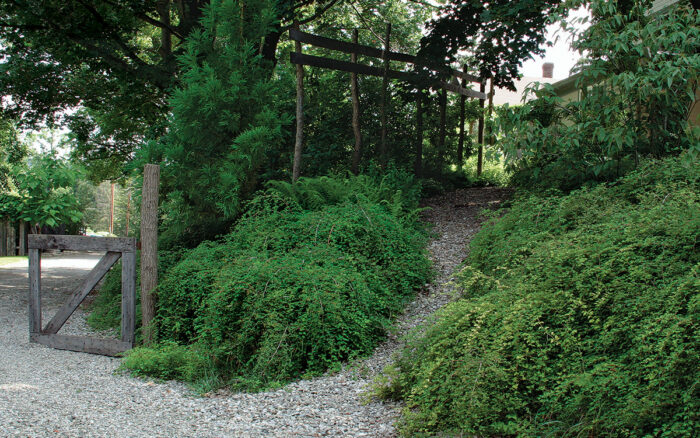
Whenever I’m driving down the road and see a gnarly, out-of-control slope or a barren, mulch-laden incline pitted with washouts, my heart goes out to the person tending that piece of land. Without a doubt, gardening on an exposed slope can be an absolute nightmare. It seems almost impossible to establish any plantings. Heavy rains flow like a river, carrying away any topsoil not held down by roots. In times of drought, the soil is bone-dry and inhospitable to desirable plants trying to make headway, while weeds seem to grow bigger and better.
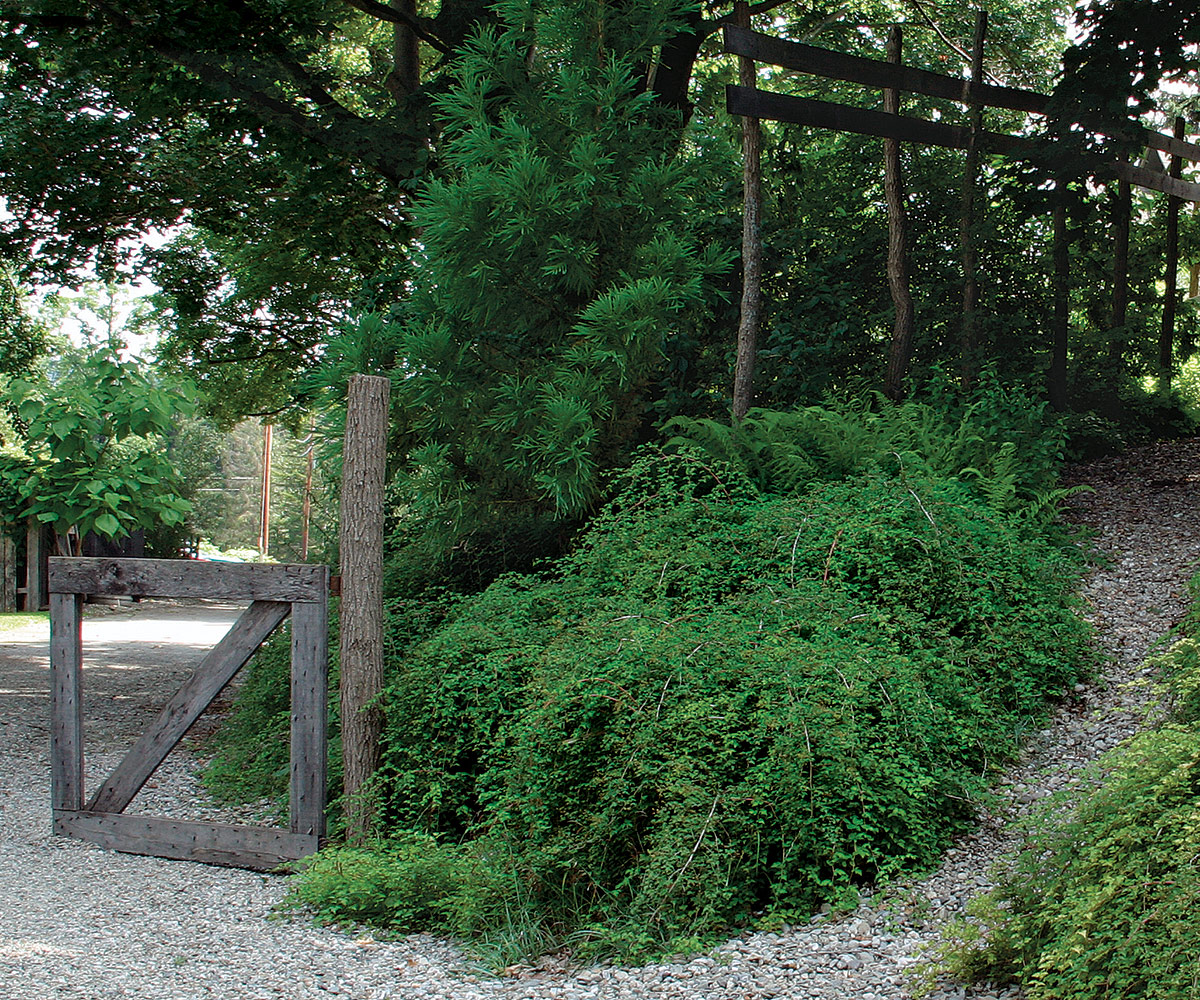
As a landscape designer in the hills of central Virginia, I am all too familiar with the conundrum of planting on slopes. As a result, I have built up a plant arsenal containing low-growing, slope-friendly shrubs that can take a beating yet gain ground fairly quickly. To make the cut, shrubs must have a vigorous, soil-holding root system and a tight mesh of intertwining shoots that diffuses heavy rains. I avoid plants with excessive pest or disease problems and that stray too far from their original planting site. Thorn-free shrubs always make maintenance a little easier. Plants that leaf out early and hold their leaves until late fall, however, rise to the top of the heap. Here is a list of seven great plants I use to tackle challenging slopes.
Dwarf forsythia
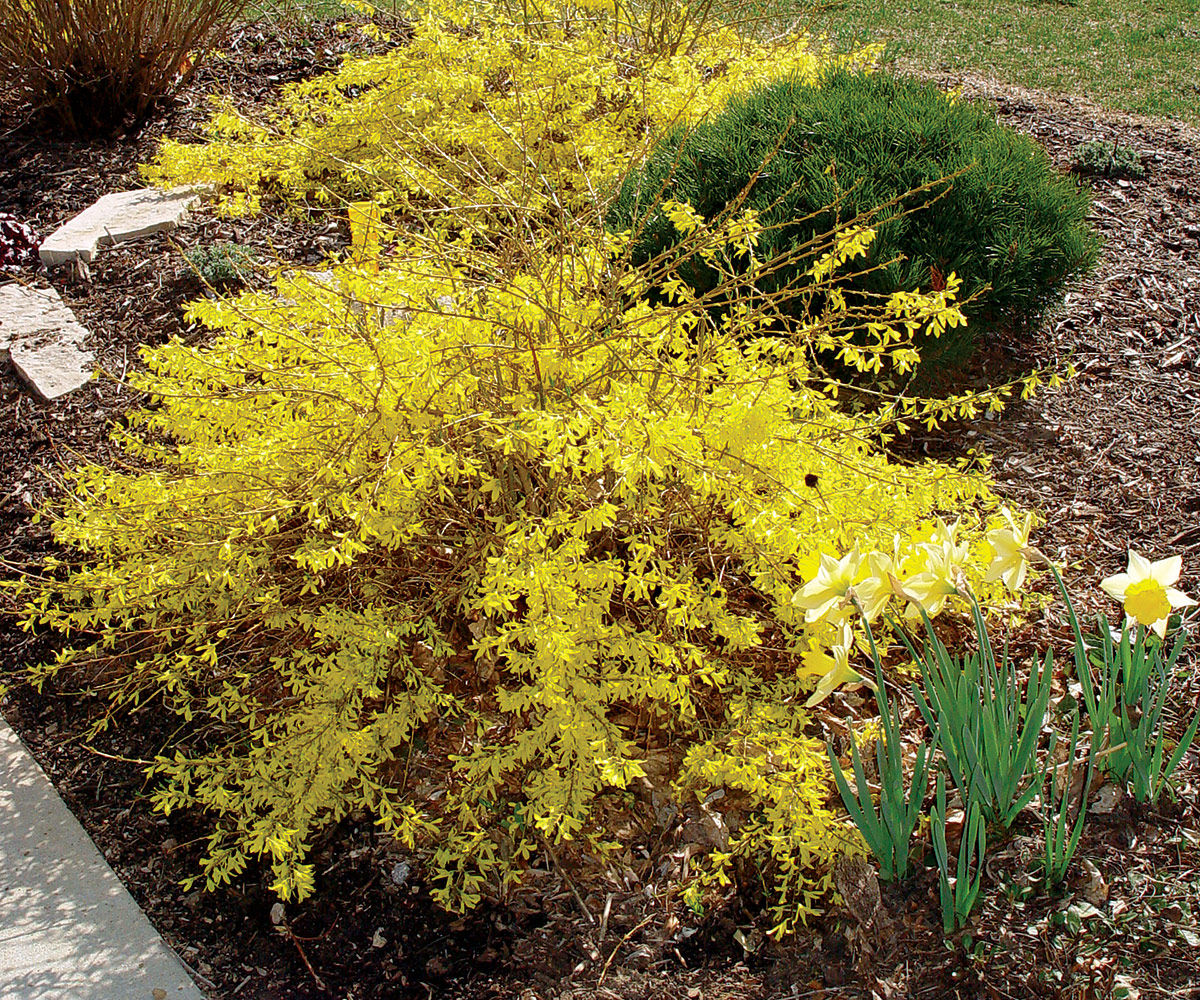
Like other cultivars of this genus, Gold Tide™ dwarf forsythia (Forsythia ‘Courtasol’, USDA Hardiness Zones 5–8) is as tough as nails. The biggest difference from the rest, however, lies in its form. The stems of Gold Tide™ reach to only 18 inches tall before arching down to the ground and running along to yield a 5-foot-wide spread. Its profuse, grapefruit yellow flowers appear in early spring.
Plants have been reported to grow well in Zone 5 but with little flowering due to frost damage. In areas where snow cover offers a layer of insulation, the flower buds often go undamaged. For the best performance, set up a soaker hose on a timer until dwarf forsythia is established. Plants flower best in full sun and are fairly adaptable to any soil. If dwarf forsythia should get too entangled with its neighbors, cut the stems back hard just after flowering.
Golden St. John’s wort

Golden St. John’s wort (Hypericum frondosum ‘Sunburst’, Zones 5–8) is another ground-covering shrub that can make a slope secure and colorful. Bright yellow flowers open during the first half of summer, followed by attractive, rust-colored fruit capsules. While other Hypericum species are suitable for slopes, I’ve found golden St. John’s wort to be one of the best. This native is a strong grower that reaches 3 feet tall. It has a broad hardiness range and doesn’t turn up in areas beyond your planting site.
Golden St. John’s wort will grow in limey or acidic soils. It thrives in full sun or partial shade and is just happy about life in general. Because golden St. John’s wort flowers on new growth, pruning should be tackled in spring prior to new shoot development. For a succession of yellow blooms, plant golden St. John’s wort with dwarf forsythia. Stephanandra and Spiraea nipponica ‘Snowmound’ (Zones 4–8) are good, noncombative companions, which work together to create an amicable, weedproof mass.
Winter jasmine
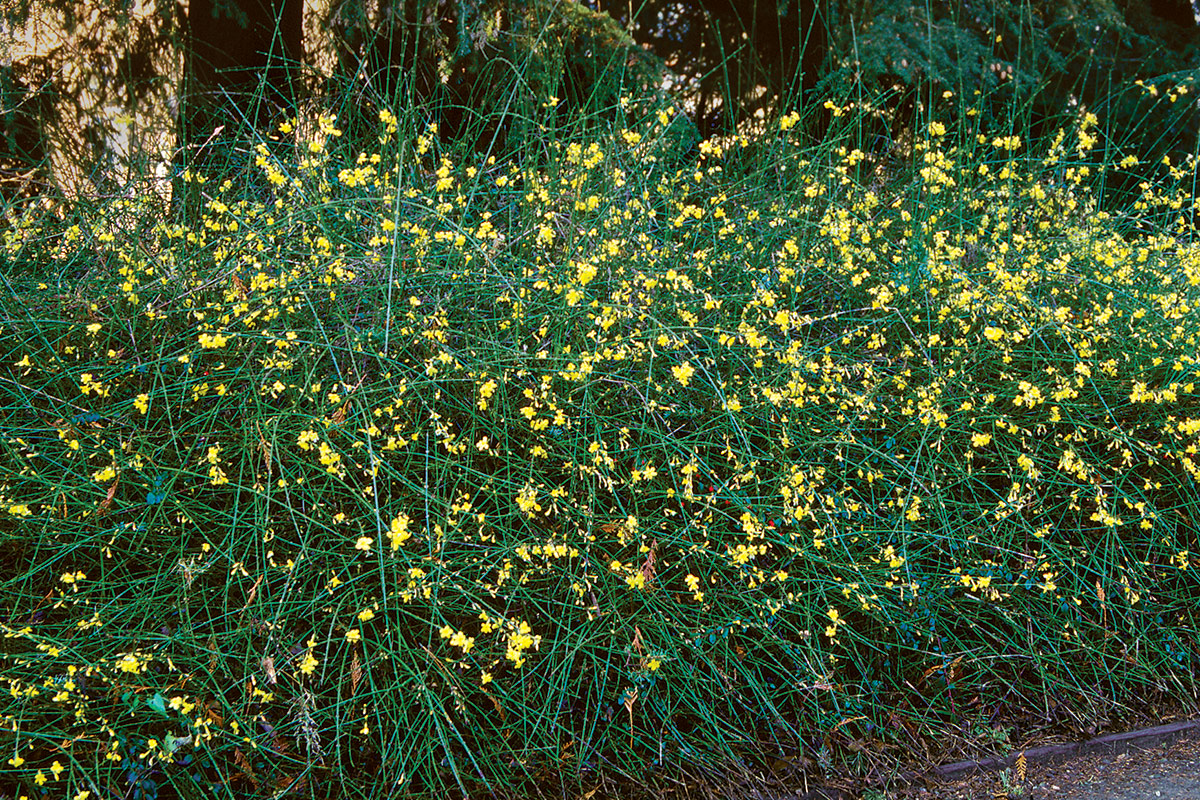
Winter jasmine (Jasminum nudiflorum, Zones 6–9) is a hillside gardener’s dream. This mounding shrub gains ground quickly as its trailing branches form roots when they touch the soil. Plants burst with yellow flowers in winter or early spring, starting as early as January during a mild winter. The bloom period is long, at least five weeks, as it starts and stops according to the weather. The only downside is that the flowers have no scent.
Winter jasmine reaches 4 to 5 feet high in full sun or shade. It is easy to grow and thrives in moist soils. Plants do best in soils amended with organic matter and when given supplemental water until they are established. If they outgrow their space, cut plants back to 1 to 2 feet from the ground after flowering. Winter jasmine combines well with ‘Edward Goucher’ abelia (Abelia ‘Edward Goucher’, Zones 7–9), another densely growing hillside plant that produces showy pink blossoms in summer.
Cutleaf stephanandra
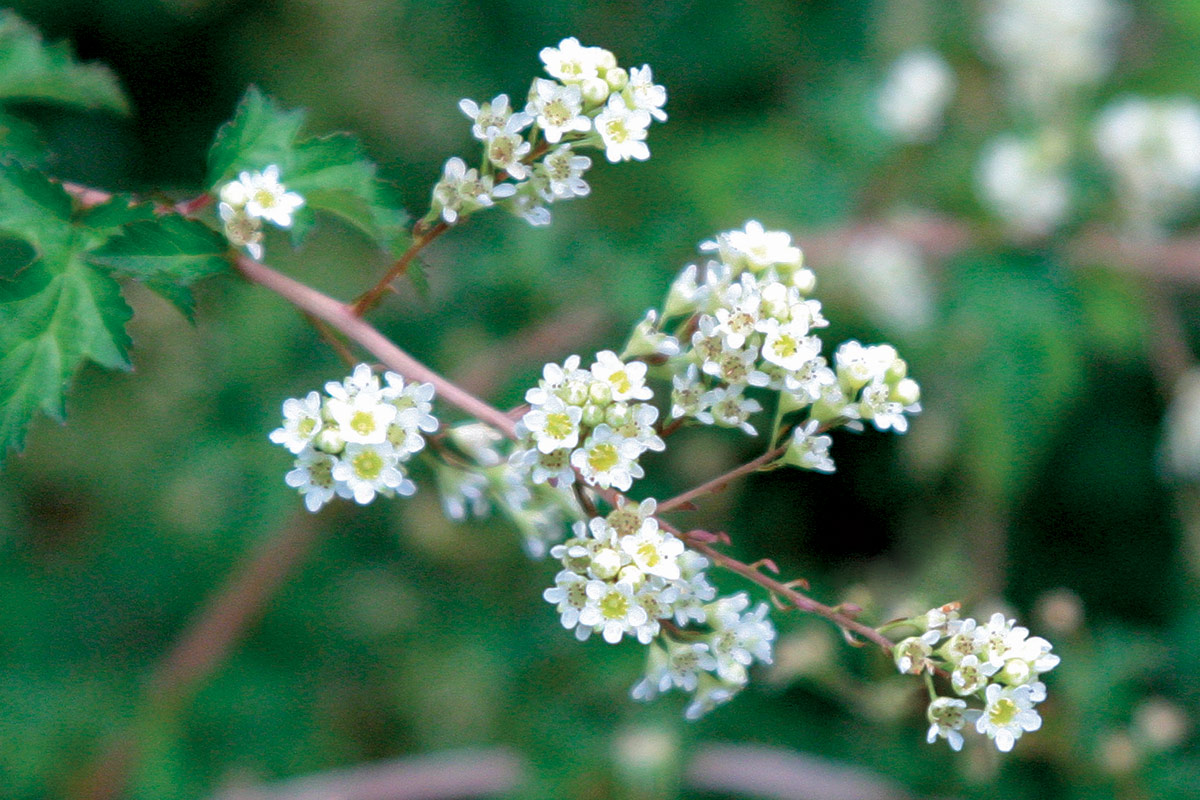
Cutleaf stephanandra (Stephanandra incisa ‘Crispa’, Zones 3–8) is a favorite of mine for sunny or dappled locations. It does a wonderful job of covering sloping eyesores without becoming a menace. Its small, maplelike foliage makes a wonderful sweep of green throughout summer before turning reddish in fall. Its tiny creamy flowers often go unnoticed in late spring, but that is only a minor drawback.
Cutleaf stephanandra benefits from a dose of composted organic matter at planting time. If your site is prone to be dry, then afternoon shade will help this plant prosper. Plant it near the middle of a slope so that it will flow down like a small bright green stream. If there is an area more protected from the winter winds in the northern part of its range, then take advantage of that shelter.
‘Texas Scarlet’ flowering quince
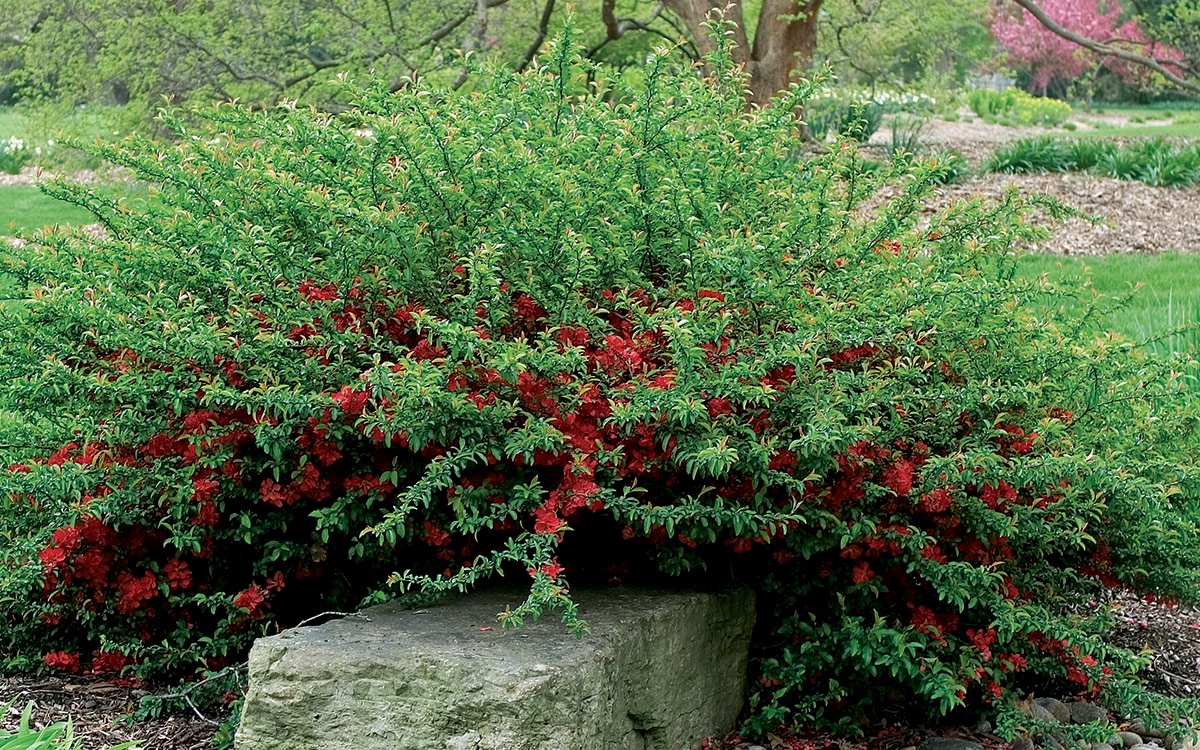
One look at ‘Texas Scarlet’ flowering quince (Chaenomeles × superba ‘Texas Scarlet’, Zones 5–9) in bloom and most gardeners are instantly sold. Though the display only lasts a week or two in early spring, the sight of the tomato-red flowers is unforgettable. During the rest of the season, ‘Texas Scarlet’ remains a wave of glossy green leaves that reaches 2 to 3 feet tall in the toughest of conditions.
‘Texas Scarlet’ is an easy plant to establish in full sun to partial shade. In warm and rainy years, however, the leaves may succumb to a fungus that spreads by splashing water and causes leaf spot and possible defoliation by late summer. Cleaning up the fallen leaves is the best way to alleviate future infestations. Leaf drop can leave a hole in the late-season garden, so I rely on strong companions such as bush clover (Lespedeza spp. and cvs., Zones 5–8) to conceal the gaps.
Helpful hints for slope success
- Choose companions with similar growth rates to keep vigorous plants from acting like thugs.
- Minimize competition by eradicating all perennial weeds before planting.
- Never till the soil on a slope. This will loosen the soil and promote erosion.
- Divert runoff water that impinges your plantings from above or from the sides to prevent washouts and ongoing damage.
- Work composted organic matter into the top 6 to 8 inches of the planting hole to increase microbial activity. This will improve the soil’s health and its moisture retentiveness.
- Consider adding an organic starter fertilizer and a water- holding polymer, such as Soil Moist, at planting time to help establish your plants.
- Top-dress slope plantings with 1 inch of humus followed by a 2- to 3-inch- deep layer of mulch to hold in moisture and keep down weeds. Be sure to keep the mulch at least an inch away from the plant stems.
- Water plants using drip irrigation or a soaker hose on a timer to provide consistent, adequate moisture without encouraging runoff.
Chenault coralberry
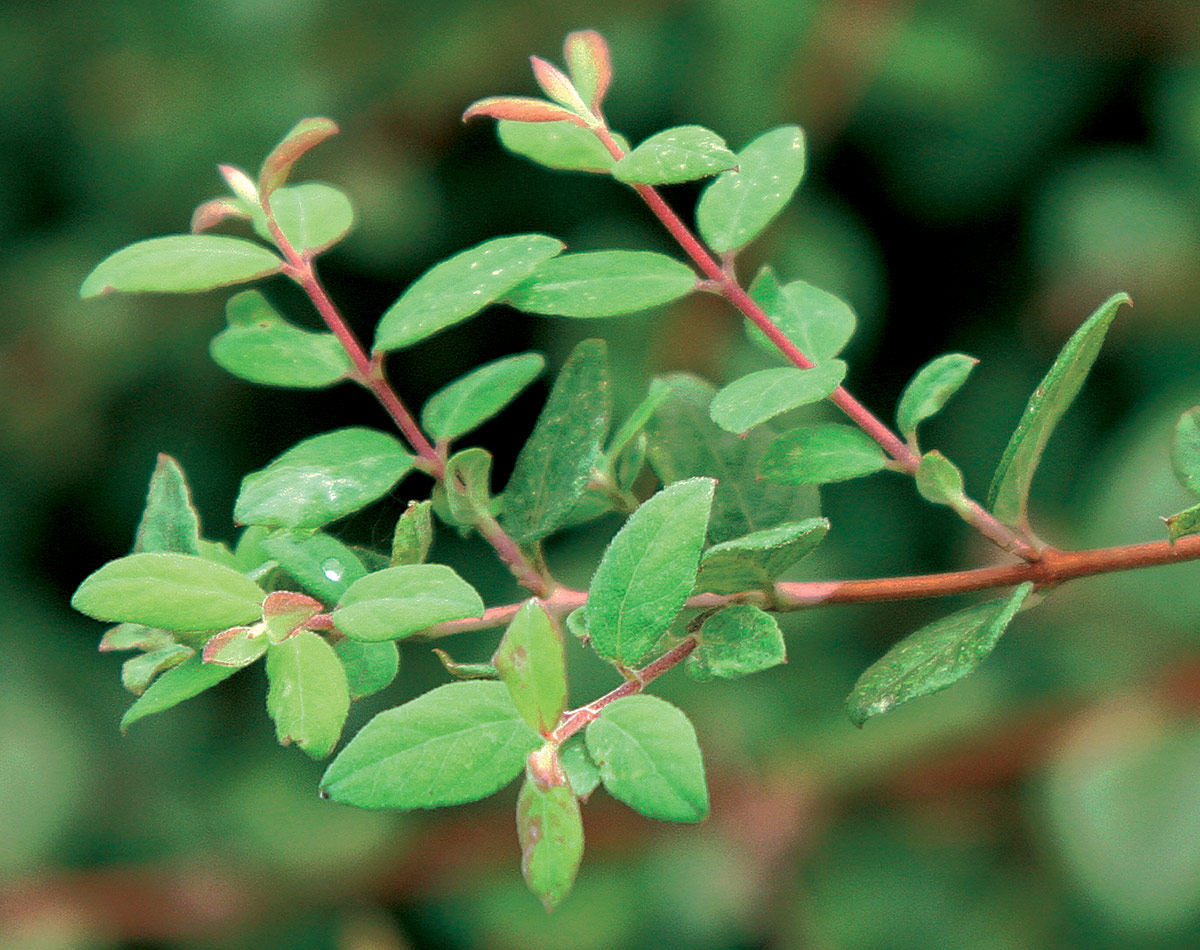
Like stephanandra, chenault coralberry (Symphoricarpos × chenaultii ‘Hancock’, Zones 4–7) is an undemanding workhorse. No visitor will say “wow”; however, you will likely say it quietly to yourself. This 2-foot-tall shrub spreads about 10 feet without causing any trouble. It does an excellent job of covering ground and smothering weeds while eliminating erosion. In late summer, small pink flowers appear and are followed by rosy red fruit.
Chenault coralberry is adaptable to full sun or shade and is easy to grow. It can prosper in a range of soils. This shrub can be kept under control with pruners if it spreads too far, and rooted stems can easily be chopped off and dug up for your slope-plagued friends.
‘Grow-low’ sumac
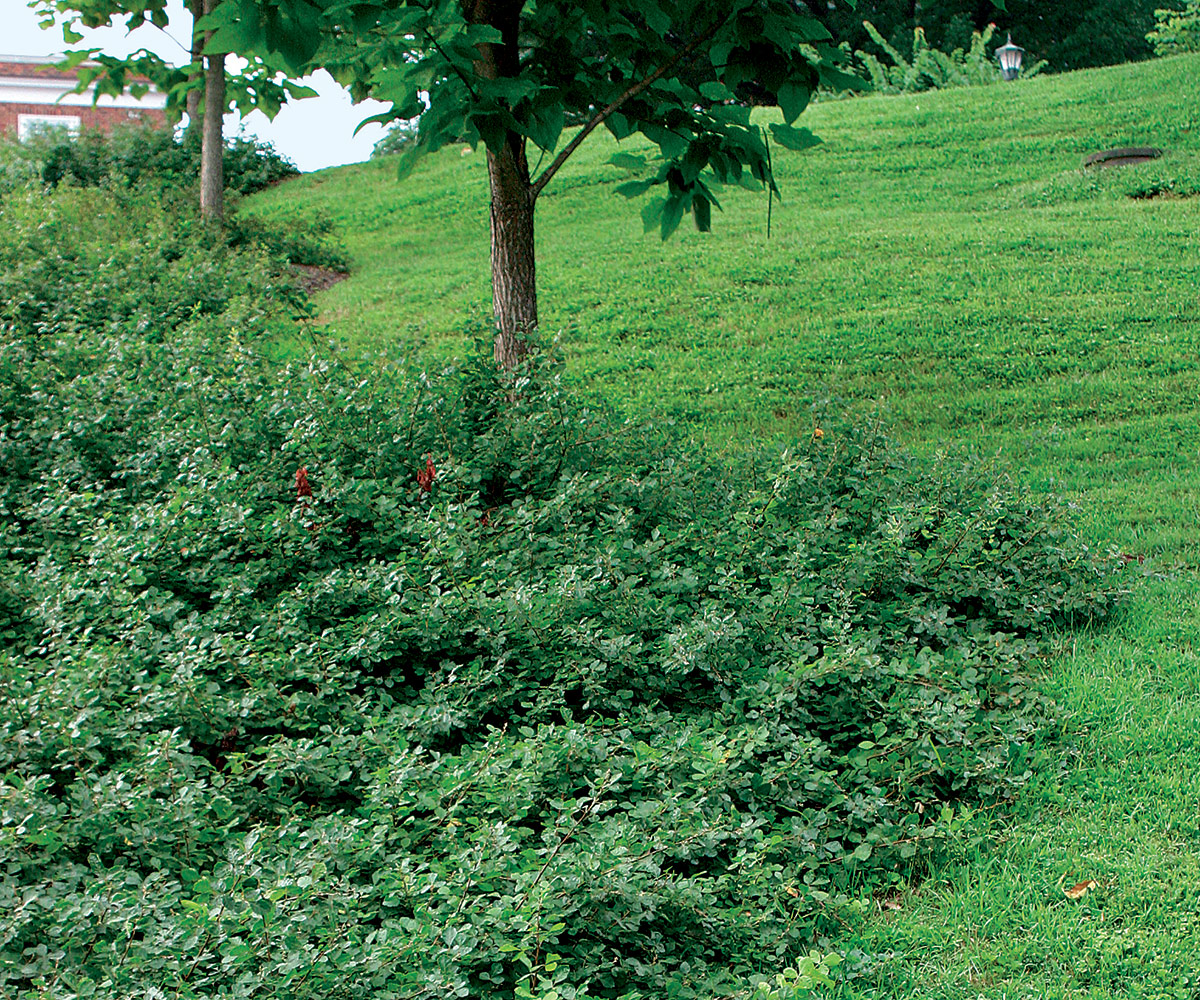
To some gardeners, sumacs (Rhus spp. and cvs., Zones 2–10) are nothing but roadside weeds. For many plant lovers, however, these remarkable cold- and heat-tolerant natives are making a comeback. One of my favorites is the low-growing cultivar aptly named ‘Gro-low’ (R. aromatica ‘Gro-low’, Zones 2–8). This rugged shrub looks nothing like your everyday sumac and was made for covering slopes. It quickly grows to just over 2 feet tall and up to 8 feet wide. ‘Gro-low’ sports small yellow flowers in midspring and gorgeous orange-red leaves in fall. Though it has an open, branching habit, weed growth does not seem to be a problem.
Sumacs reportedly do poorly in heavy, wet soils, but ‘Gro-low’ does just fine in the silty clay of central Virginia. For the best fall color, grow this shrub in full sun—though plants are tolerant of partial shade. ‘Gro-low’ needs plenty of room to spread out. But if its vigorous growth gets out of hand or it becomes untidy, cut it back hard in the spring. Avoid pairing this sumac with small, delicate plants that could be crowded out. Consider other strong growers, such as golden St. John’s wort, as planting companions.
‘Sixteen Candles’ summersweet
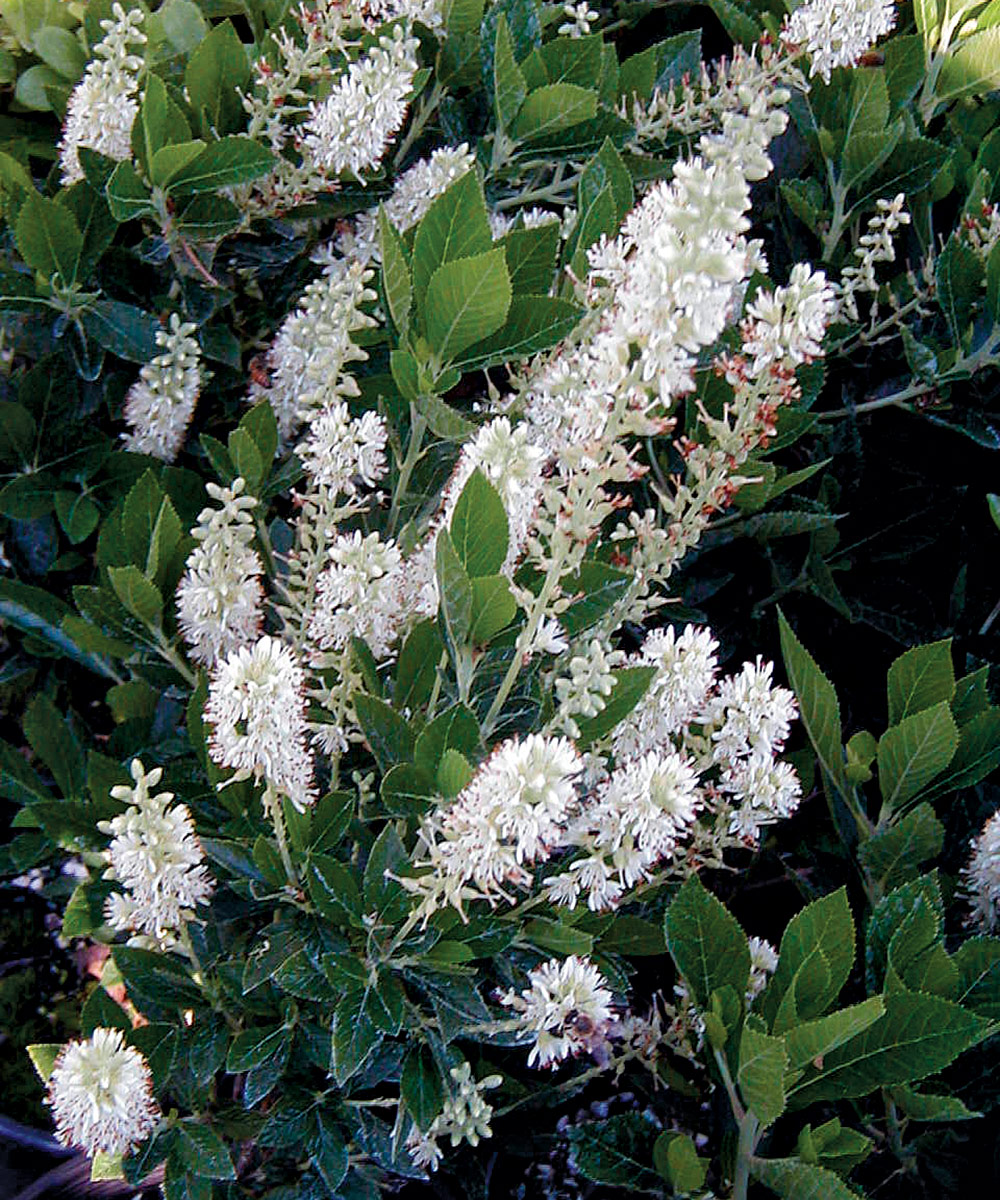
‘Sixteen Candles’ summersweet (Clethra alnifolia ‘Sixteen Candles’, Zones 3–9) is a newer cultivar of a popular native shrub. This compact selection reaches 3 to 5 feet tall. It is better suited for slopes than the taller species, which can be tousled by winds and quickly grow beyond eye level—making them difficult to enjoy. In summer, ‘Sixteen Candles’ is topped with aromatic, erect, butterfly-enticing white blooms for four to six weeks. In fall, the leaves turn an attractive yellow. The upright blooms of ‘Sixteen Candles’ are considered an improvement over the drooping flowers of the well-known compact cultivar named ‘Hummingbird’.
Like other summersweets, ‘Sixteen Candles’ loves wet locations in partial shade but does fine in average garden soils in full sun. Supply plants with composted organic matter to encourage roots to spread. Wandering roots and stems can easily be chopped off and transplanted. Best planted near the base of the slope where underground water tends to collect, summersweet can reduce the need to pipe away water as it is happy to take an extra drink.
Ian Robertson is a garden designer in Charlottesville, Virginia.
Photos, except where noted: Jennifer Benner
Sources:
The following mail-order nurseries offer the widest selection of the shrubs featured.
- Forestfarm, Williams, Ore.; 541-846-7269; forestfarm.com
- McKay Nursery, Waterloo, Wis.; 800-236-4242; mckaynursery.com


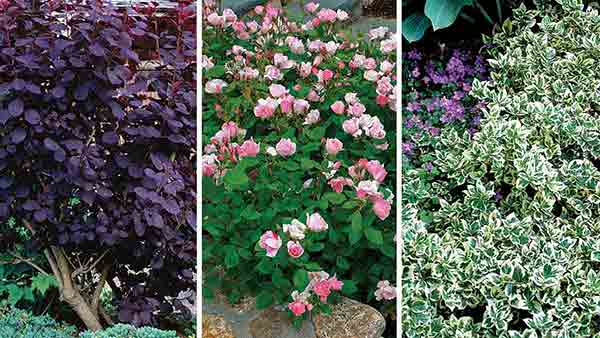
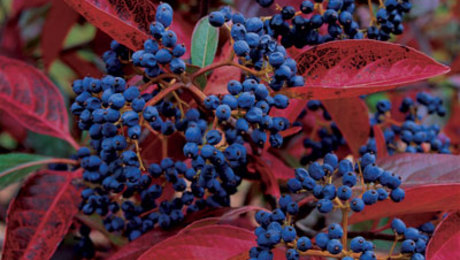
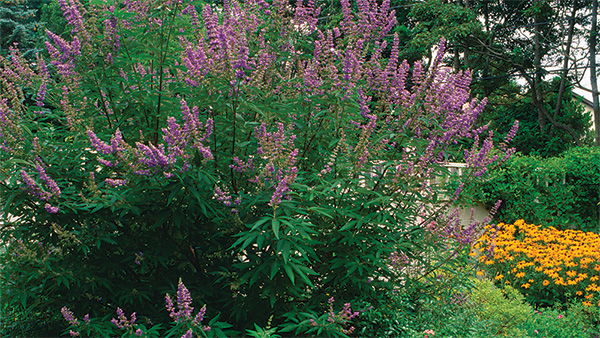












Comments
Log in or create an account to post a comment.
Sign up Log in